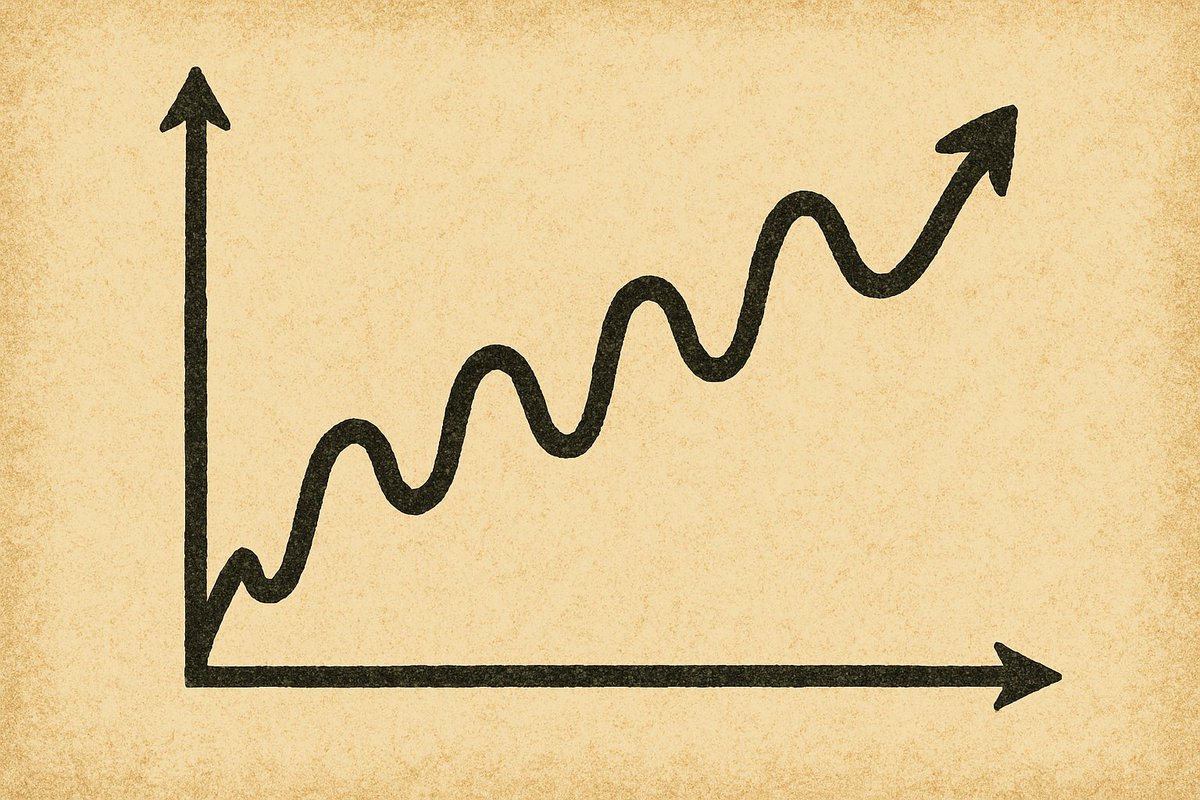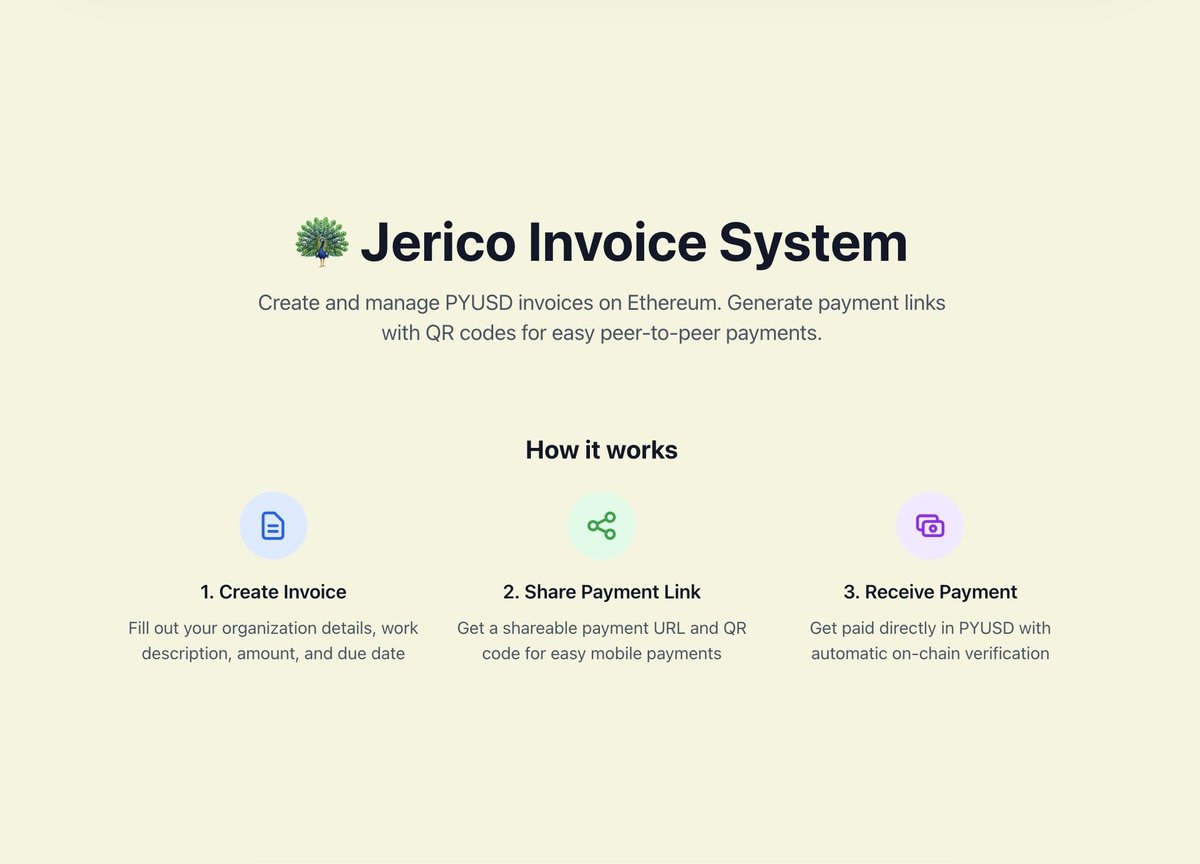PayPal USD price
in USD$0.99951
+$0.00040012 (+0.04%)
USD
We can’t find that one.
Check your spelling or try another.
Check your spelling or try another.
Market cap
$2.32B #34
Circulating supply
2.32B / 2.32B
All-time high
$4.999
24h volume
$30.14M
4.2 / 5


About PayPal USD
PYUSD (PayPal USD) is a stablecoin designed for fast, low-cost digital payments. Backed by the trusted PayPal brand, it offers a secure way to transfer value on the blockchain while maintaining a 1:1 peg to the US dollar. PYUSD is widely used for online purchases, peer-to-peer transfers, and cross-border transactions, making it a practical choice for everyday crypto users. Its integration with multiple blockchain networks ensures seamless movement across different platforms, combining the reliability of traditional finance with the efficiency of decentralized technology.
AI insights

Last audit: --
PayPal USD’s price performance
Past year
--
--
3 months
+0.02%
$1.00
30 days
+0.05%
$1.00
7 days
+0.05%
$1.00
PayPal USD in the news
Partnership targets deep liquidity for PayPal USD on SparkLend, with $100M already deposited
September 18, 2025 – Geneva, Switzerland – TRON DAO, the community-governed DAO dedicated to accelerating...
PayPal USD on socials

🚨Top Crypto Highlights — Catch up fast:👇
1⃣ #BTC, #ETH, and #SOL continue sideways consolidation
👉 It's the weekend — watch for flash wicks as liquidity drops.
2⃣ #XPL breaks above $1.64; Binance now supports USDT withdrawals via Plasma network
👉 The "USDT payments chain" narrative is gaining traction — bullish news may drive further price action.
3⃣ #Aster pulls back to $1.87, but daily revenue surges to $16.09M, per DeFiLlama
👉 Now ranks #2 in crypto protocol revenue, second only to Tether ($22.18M), and 7x more than Hyperliquid.
4⃣ Plasma-based meme coin #Trillions hit $47M+ market cap
👉 Everything on Plasma is turning to gold — keep an eye on $TRILLIONS and $XPL.
5⃣ Apple CEO Tim Cook: Crypto is a "reasonable part of a diversified portfolio"
👉 Rare public endorsement from a top tech CEO.
6⃣ Odds of a 25bps Fed rate cut in October fall to 87.7%
👉 Still high, but slightly cooling — market may adjust expectations.
7⃣ Fear & Greed Index rises to 37
👉 Still in the fear zone, showing cautious sentiment.
8⃣ PayPal’s stablecoin $PYUSD supply surged, minting 861M net in the last 7 days
👉 Rumors suggest PayPal may trial on-chain messaging via #Linea — worth watching.
🚀Followin’s Trending Topics — AI decodes crypto hype in 1 minute:


🚨 Last night's Crypto highlights compilation, get the market focus in 1 minute!
1. #BTC, #ETH, #SOL continue to consolidate. It's the weekend, be aware of price spikes as liquidity decreases.
2. #XPL broke through 1.64U, Binance now supports USDT withdrawals on the Plasma network. The narrative for USDT payment chains is very clear, pay attention to data that could drive prices up.
3. #Aster retraced to 1.87. According to Defillama data, Aster's revenue surged to about $16.09 million in the past 24 hours, second only to Tether's $22.18 million, ranking second in cryptocurrency revenue, exceeding Hyperliquid's revenue by 7 times.
4. On the Plasma chain, the Meme coin #trillions saw its market cap rise to over $47 million at one point. Plasma has turned into gold! Keep an eye on Trillion and XPL.
5. Apple CEO Tim Cook claims that cryptocurrency is a "reasonable holding for a diversified portfolio."
6. The probability of the Federal Reserve cutting rates by 25 basis points in October has dropped to 87.7%.
7. Today's Fear and Greed Index rose to 37, still indicating fear.
8. PayPal's stablecoin PYUSD supply has significantly increased, with a net minting of $861 million in the past 7 days. Note that PayPal may choose to experiment with communication services on the #linea chain.
Guides
Find out how to buy PayPal USD
Getting started with crypto can feel overwhelming, but learning where and how to buy crypto is simpler than you might think.
Predict PayPal USD’s prices
How much will PayPal USD be worth over the next few years? Check out the community's thoughts and make your predictions.
View PayPal USD’s price history
Track your PayPal USD’s price history to monitor your holdings’ performance over time. You can easily view the open and close values, highs, lows, and trading volume using the table below.

PayPal USD on OKX Learn
PayPal USD (PYUSD) Expands to Solana: Revolutionizing Stablecoin Payments
Introduction to PayPal USD (PYUSD) In August 2023, PayPal made a groundbreaking move in the cryptocurrency space by launching its U.S. dollar-backed stablecoin, PayPal USD (PYUSD). Issued by Paxos Tru
PayPal USD: Revolutionizing Cross-Border Payments and B2B Transactions
PayPal USD (PYUSD): A Game-Changer in the Stablecoin Landscape In 2023, PayPal made headlines by launching its own stablecoin, PayPal USD (PYUSD), becoming the first global financial company to take s
PayPal USD FAQ
Currently, one PayPal USD is worth $0.99951. For answers and insight into PayPal USD's price action, you're in the right place. Explore the latest PayPal USD charts and trade responsibly with OKX.
Cryptocurrencies, such as PayPal USD, are digital assets that operate on a public ledger called blockchains. Learn more about coins and tokens offered on OKX and their different attributes, which includes live prices and real-time charts.
Thanks to the 2008 financial crisis, interest in decentralized finance boomed. Bitcoin offered a novel solution by being a secure digital asset on a decentralized network. Since then, many other tokens such as PayPal USD have been created as well.
Check out our PayPal USD price prediction page to forecast future prices and determine your price targets.
Dive deeper into PayPal USD
PayPal USD (PYUSD) is a stablecoin backed by U.S. dollars. It maintains a 1:1 value with the U.S. dollar, ensuring stability. Users can buy, sell, hold, and transfer PYUSD through PayPal’s platform. It is compatible with Ethereum and Solana.
Disclaimer
The social content on this page ("Content"), including but not limited to tweets and statistics provided by LunarCrush, is sourced from third parties and provided "as is" for informational purposes only. OKX does not guarantee the quality or accuracy of the Content, and the Content does not represent the views of OKX. It is not intended to provide (i) investment advice or recommendation; (ii) an offer or solicitation to buy, sell or hold digital assets; or (iii) financial, accounting, legal or tax advice. Digital assets, including stablecoins and NFTs, involve a high degree of risk, can fluctuate greatly. The price and performance of the digital assets are not guaranteed and may change without notice.
OKX does not provide investment or asset recommendations. You should carefully consider whether trading or holding digital assets is suitable for you in light of your financial condition. Please consult your legal/tax/investment professional for questions about your specific circumstances. For further details, please refer to our Terms of Use and Risk Warning. By using the third-party website ("TPW"), you accept that any use of the TPW will be subject to and governed by the terms of the TPW. Unless expressly stated in writing, OKX and its affiliates (“OKX”) are not in any way associated with the owner or operator of the TPW. You agree that OKX is not responsible or liable for any loss, damage and any other consequences arising from your use of the TPW. Please be aware that using a TPW may result in a loss or diminution of your assets. Product may not be available in all jurisdictions.
OKX does not provide investment or asset recommendations. You should carefully consider whether trading or holding digital assets is suitable for you in light of your financial condition. Please consult your legal/tax/investment professional for questions about your specific circumstances. For further details, please refer to our Terms of Use and Risk Warning. By using the third-party website ("TPW"), you accept that any use of the TPW will be subject to and governed by the terms of the TPW. Unless expressly stated in writing, OKX and its affiliates (“OKX”) are not in any way associated with the owner or operator of the TPW. You agree that OKX is not responsible or liable for any loss, damage and any other consequences arising from your use of the TPW. Please be aware that using a TPW may result in a loss or diminution of your assets. Product may not be available in all jurisdictions.
Market cap
$2.32B #34
Circulating supply
2.32B / 2.32B
All-time high
$4.999
24h volume
$30.14M
4.2 / 5




